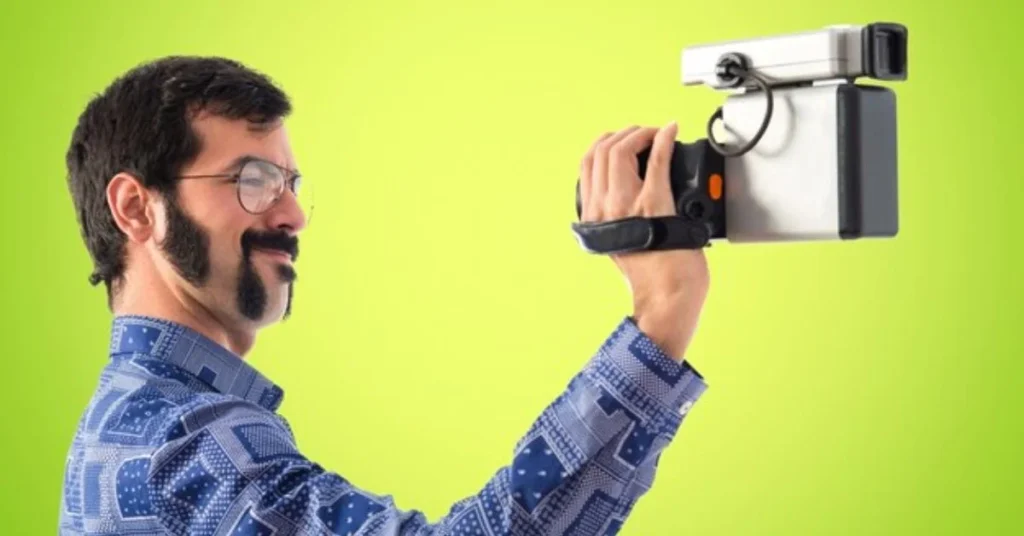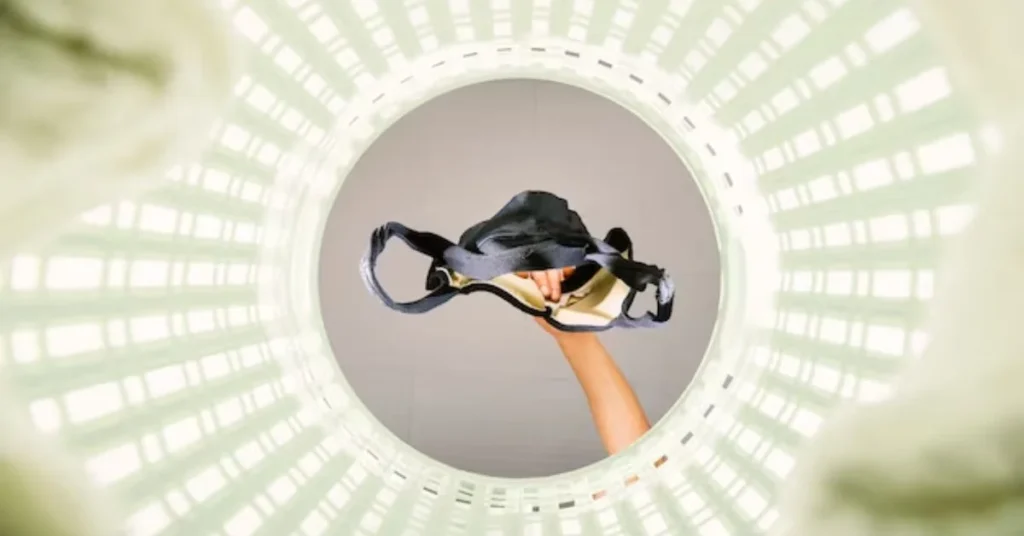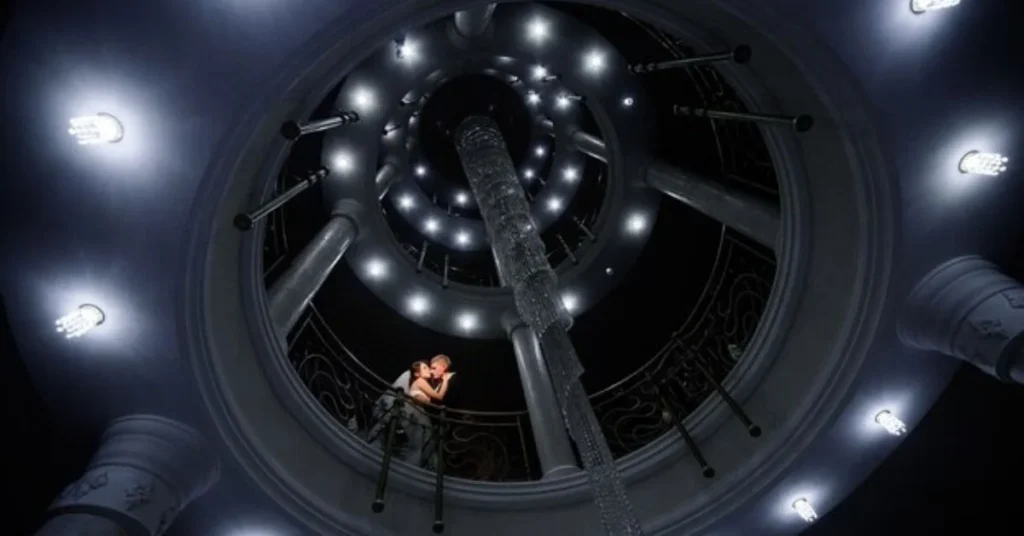Houdini Camera Cull 360 is an essential tool for 3D artists and animators looking to optimize their scenes. This powerful feature in Houdini enables users to improve performance by reducing the render load on elements outside the camera’s view, ultimately saving time and resources. By understanding how Houdini Camera Cull 360 works, artists can create visually stunning scenes more efficiently.
What is Houdini?
An Overview of Houdini Software
Houdini is a powerful software platform used in 3D animation, visual effects, and game development. Known for its flexibility and extensive feature set, Houdini enables artists to create highly complex simulations and animations for movies, video games, and commercials.
Must read Gama G25 Bluetooth Headphones: Experience Premium Sound Quality
Key Uses of Houdini
With tools for modeling, animation, rendering, and more, Houdini is popular for creating visual effects, procedural animations, and detailed 3D environments. Its node-based workflow allows artists to have granular control over their projects, making it ideal for both beginners and advanced users.
Understanding Camera Culling in 3D Software
What is Camera Culling?
Camera culling is a method used in 3D graphics to improve performance by excluding objects from the rendering process if they are not visible to the camera. This approach saves memory and processing power by focusing only on objects that contribute to the visible scene.
Benefits of Camera Culling
Camera culling enhances rendering speed, reduces resource usage, and prevents unnecessary computations. It allows artists to work more efficiently, especially in complex scenes with multiple objects and animations, without sacrificing quality.

Houdini Camera Cull 360: How It Works
What is Houdini Cameras Cull 360?
Houdini Cameras Cull 360 is a feature in Houdini that enables 360-degree camera culling for scene optimization. It selectively displays and processes objects within the camera’s 360-degree field of view while ignoring those outside of it. This makes rendering faster and less memory-intensive.
How Houdini Cameras Cull 360 Optimizes Scenes
The tool automatically identifies which objects are in the camera’s line of sight and hides or disables those that aren’t, which is particularly useful in large 3D environments. This technique helps reduce the rendering load, allowing for quicker previews and smoother animations.
Advantages of Using Houdini Camera Cull 360
Enhanced Performance
By only rendering visible objects, Houdini Camera Cull 360 significantly improves performance. This allows artists to work faster and reduces the strain on hardware resources, making it possible to handle larger scenes effectively.
Faster Rendering Times
With fewer elements to process, rendering times are reduced. This is beneficial for artists working on tight deadlines or those creating detailed scenes that require multiple render passes.
Optimized Workflow
Houdini Camera Cull 360 simplifies the workflow by automatically managing what is shown in the viewport. Artists can focus on their work without manually hiding or disabling objects, leading to a more streamlined process.

Practical Applications of Houdini Camera Cull 360
Creating Virtual Tours
For projects like virtual tours or 360-degree videos, Houdini Cameras Cull 360 ensures that only relevant objects are rendered, making the process more efficient. This is helpful in industries like real estate, where high-quality visuals are essential.
Game Development
In game development, efficiency is crucial. Houdini Cameras Cull 360 helps developers create realistic environments while maintaining optimal performance, especially for open-world games that need to load objects quickly.
Film and Animation
For animated movies and visual effects, this feature reduces rendering time, which can otherwise be extensive due to complex simulations and animations. By using Houdini Cameras Cull 360, studios can save time and resources.
Steps to Implement Houdini Camera Cull 360
Step 1: Set Up Your Camera
Start by positioning your camera in the scene. Adjust its angle and field of view to determine what will be visible within the 360-degree perspective.
Step 2: Enable Camera Cull 360
Navigate to the camera settings in Houdini and enable the Camera Cull 360 feature. This will automatically identify objects within the camera’s view and disregard those that aren’t visible.
Step 3: Test and Adjust
Preview the scene with the Camera Cull 360 enabled. Make adjustments as needed to ensure that all critical elements are within the visible area, optimizing the scene’s appearance.

Conclusion
In conclusion, Houdini Camera Cull 360 is a powerful tool for artists seeking to optimize their workflow in 3D design, game development, and animation. By rendering only what the camera sees, this feature saves time and resources, enhancing both performance and visual quality. With Houdini Cameras Cull 360, artists can focus more on creativity and less on resource management, making it an essential addition to any 3D project. Click here for more information.
What is Houdini Cameras Cull 360?
Houdini Cameras Cull 360 is a feature that optimizes 3D scenes by only rendering objects within the camera’s 360-degree field of view, improving performance.
How does Houdini Cameras Cull 360 save rendering time?
By excluding objects outside the camera’s view, Houdini Cameras Cull 360 reduces the number of elements that need to be rendered, speeding up the process.
Can Houdini Cameras Cull 360 be used in game development?
Yes, Houdini Cameras Cull 360 is useful in game development, especially for creating large environments where efficiency is important.
Is Houdini Cameras Cull 360 suitable for beginners?
Yes, even beginners can use Houdini Cameras Cull 360. It is easy to enable and makes scene management simpler, benefiting artists at all skill levels.
Does Houdini Cameras Cull 360 affect the quality of the final render?
No, it only excludes objects not in view. The quality of visible objects remains unaffected, ensuring high-quality final renders.
